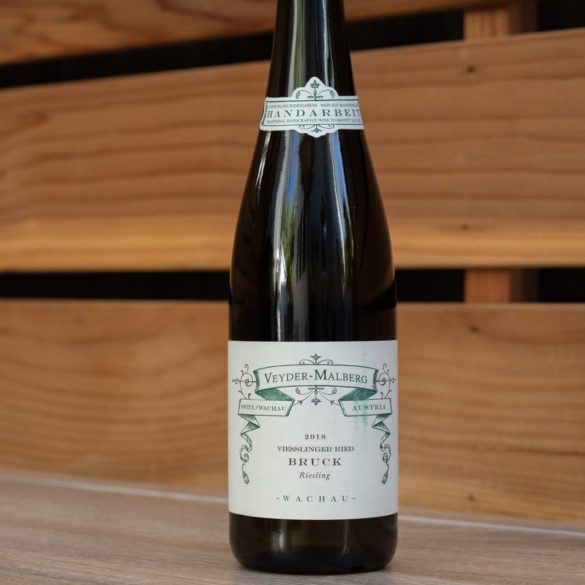It started with a wallop of fatigue on a Monday morning. After making a pot of coffee — which I would never got around to drinking — I crawled back into bed and slept for 2 hours. This is weird, I thought. When I awoke, I climbed downstairs, and immediately went back to bed. Another hour of deep sleep. Then after a brief lunch: back to bed.
I took a COVID test and it was negative. By the next day, I was fine. And the day after that, and the day after that. But by then, my whole family had tested positive and I was relegated to the basement to try and not catch the dreaded illness. Technically, I was negative. But it caught up with me (or was it back up with me?) on Friday night, when a sore throat crept in just as my wife and kids’ symptoms improved (and, I might add, almost exactly the moment I opened a Txakoli, my first wine in 10 days).
Three days, five minor fevers and a thousand tissues later, I finally tested positive. I’ve been double vaccinated and boosted, so the symptoms in the end were very manageable. The worst part was not knowing if I’d take one of those “turns for the worse” at any moment. Mercifully, my sense of taste and smell was never affected.
None of this is particularly unique. It seems like a vast majority of people I know have had at least one turn with SARS-CoV-2, and I genuinely have nothing to complain about. It seemed wise to give myself a long break from wine because of the illness, but I was good and ready to break my semi-abstinence by day 24. (Although, if I am being truthful, I may have swallowed a sip or two of that Txakoli, so “abstinence …”).
Finally in the mood for wine the other night, I pondered Riesling: it sounded like a particularly easy re-entry point given its flavors, its sumptuous texture and potent aromas. But the one bottle I had on hand was from Peter Veyder-Malberg, and his wines are not known for their ease. In fact, while writing this review, I came across this passage from one of his importers:
The problem with Peter’s wines is that there is too much to think about when tasting them. They are not for everyone and you must be in-tune with wines that are not meant to be drunk so quickly. In other words, you’ve got to take the time to be able to read between the lines with these magical wines.
As I have been looking to take my passing interest in Austrian wines to a deeper place, I started buying wines from some of Austria’s brightest lights, which Veyder-Malberg certainly is. Steadfastly organic and with a reputation for meticulous care at every stage of the wine-growing and winemaking processes, his suite of Grüner Veltliner and Riesling have garnered massive praise in recent years.
This wine came from Bruck, a steeply-pitched vineyard that faces the village of Viessling. Its slopes are terraced and the vines need to be managed completely by hand. While the sun exposure is intense, the high elevation here lends a coolness to the site. The resulting Riesling, I found, had acidity with the energy of electricity. It simply coursed across the palate, while allowing its beautiful tones of pear, key lime and yellow flowers (plus a twisted edge like apple cider) to linger long after. Was it a Hall of Fame Riesling? Perhaps, but I was enjoying it too much to strictly analyze the details. Sometimes, wine professionals (myself included) are so impressed with a wine that we cannot tamp down the urge to analyze and pick apart. It’s the difference between a passing interest and that deeper place, and perhaps my “return to wine” ensured that this encounter with one of Austria’s most promising winemakers would remain brief.
Whatever. It was a delicious wine, and certainly worth adding to our Wines to Admire coverage. Find some if you can.
2018 Veyder-Malberg Viesslinger Ried Bruck Wachau Riesling
 Wachau DAC (Niederösterreich)
Wachau DAC (Niederösterreich)
Grapes: Riesling (100%)
Alcohol: 12%
Opinion: ★★★★ 3/4 (out of five)
Food-friendliness: Versatile
Value: As expected
A beginner might like … banishing the “all Riesling is sweet” bias once and for all. Sure, the Bruck vineyard Riesling from Veyder-Malberg is not unique for its dryness, but it seems to demonstrate Riesling’s flexibility better than most. Give it time, and — if it still doesn’t push your buttons — a little more chill to see how it fares. I think it is a great wine to convert Riesling skeptics.
A wine obsessive might like … easy: the unadulterated Rieslingness of this Riesling. Its acidity, its hedonistic aromas, its lovely texture and its likelihood of aging nicely all scored bonus points with me. Everything is structurally there with this wine, and there are plenty of details to parse for those of you with a crush on this grape.
Note: This wine was bought with our editorial budget which is funded by subscribers like you. Thank you.





